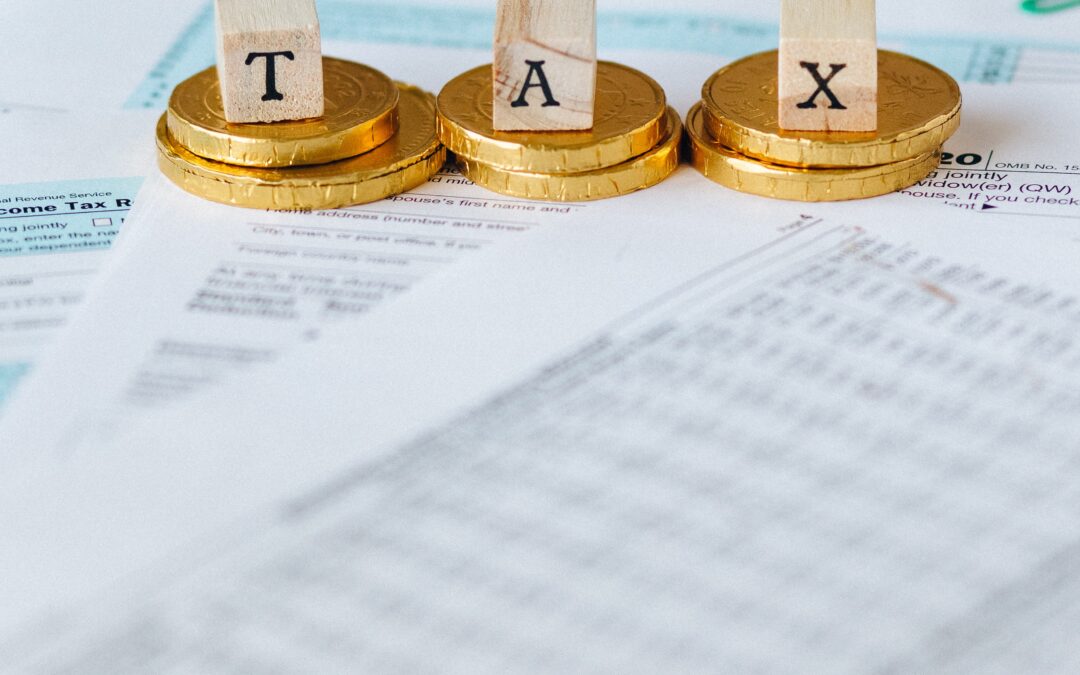Some of the highlights of the new Royal Decree-Law are as follows:
1) A Double system for the calculation of the tax has been established, to be chosen by the taxpayer.
The amendment aims to improve the calculation of the taxable base to ensure that taxpayers who do not obtain a profit from the sale of the property are exempt from paying the tax, establishing two options for determining the tax liability, allowing the taxpayer to choose the one they consider most beneficial:
I. The traditional objective assessment with coefficients.
This may be calculated using the cadastral value at the time of transfer, multiplied by the coefficients approved by the local councils. These coefficients will be updated annually.
If, as a result of the annual update, any of the coefficients approved by the current tax ordinance should prove to be higher than the corresponding new legal maximum, this will be applied directly until the new tax ordinance comes into force to correct this excess.
The regulation includes a coefficient to avoid speculation, especially taxing capital gains generated in less than a year, i.e. those that occur when less than a year has elapsed between the date of acquisition and the date of transfer.
II. A new direct estimation method.
A new case of non-taxation is introduced for those transactions in which the taxpayer proves that there has been no increase in value. For this purpose, the interested parties must declare the transfer, as well as provide the deeds documenting the transfer and acquisition.
The calculation of the real increase in value obtained in the transfer shall be carried out in accordance with the rules indicated above for the determination of the tax base using the direct assessment method.
In the event that the taxpayer proves that the real capital gain or gain is lower than that calculated with the cadastral value, the second method may be applied.
2) Implementation by local councils.
The regulation allows local councils to check these calculations to avoid errors or fraud.
- Local councils will be able to lower the tax by up to 15%.
The new regulation establishes a margin for local councils to be able to correct the cadastral value of land downwards by up to 15% depending on the situation of their property market for this tax alone. This will allow the tax to be adapted to the reality of each municipality.
- Local councils will have 6 months to adapt.
Within six months of the entry into force of this Royal Decree-Law 26/2021, local councils will have to amend their respective tax byelaws to adapt them to the provisions of the law. Until the amendment of their byelaws comes into force, the maximum coefficients provided for in article 107.4 of the revised text of the Ley Reguladora de las Haciendas Locales will be used to determine the tax base.
3) Appeals and claims.
When the tax is paid by means of a self-assessment, the taxpayer has a theoretical period of four years to request a review of the amount paid. The court ruling, however, determined that it will not be possible to claim amounts that have not already been appealed before the ruling was handed down (26 October 2021).
If it was the municipality that directly settled the tax without having closed the assessment, a claim would also be possible.
4) Non-retroactivity of the new regulations
It does not establish a temporary retroactive regime. This creates a regulatory vacuum for transactions entered into during the period from the date of knowledge of the Constitutional Court’s ruling, 26 October 2021, until the entry into force of the Royal Decree-Law, 10 November 2021.
Therefore, challenge proceedings initiated by taxpayers up to 26 October 2021 should be able to benefit from the declaration of unconstitutionality made in Ruling 182/2021 of the Constitutional Court.
If you have any doubts about your next sale, donation or acceptance of the inheritance in Spain, do not hesitate to contact us for further advice.

